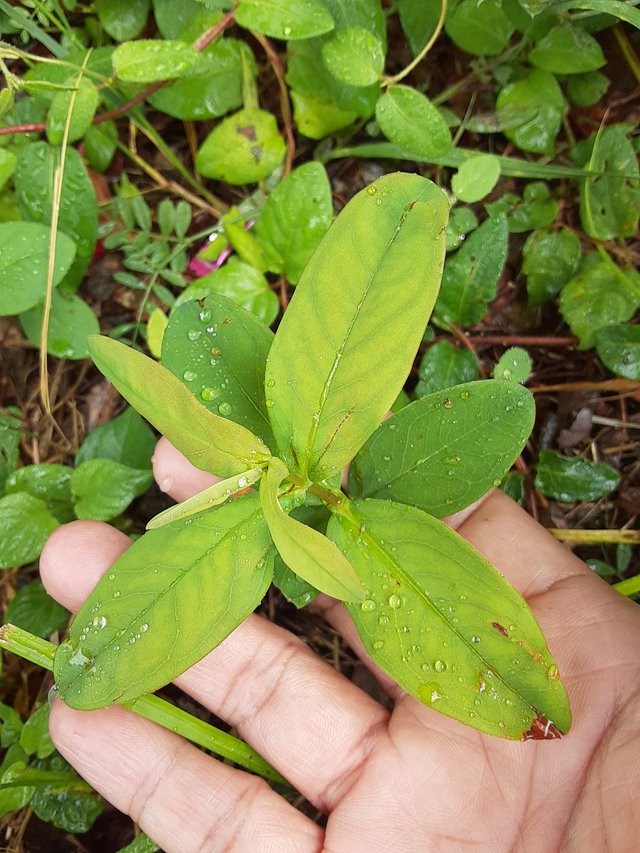
Hypericum androsaemum, also known as Tutsan, is a small deciduous shrub that is native to Europe and western Asia. It has opposite, oval-shaped leaves that are typically green with a red tint.
The leaves are hairless and have entire margins. They are 3.5-15 cm long and 3-8 cm wide. Crushed leaves give off a distinctive "curry-like" smell.
The leaves of Hypericum androsaemum contain a number of compounds that have medicinal properties. These include hypericin, pseudohypericin, hyperforin, and quercetin. These compounds have been shown to have anti-inflammatory, antibacterial, and antiviral properties. They have also been shown to be effective in treating a variety of conditions, including depression, anxiety, wound healing, and burns.
The leaves of Hypericum androsaemum can be used in a variety of ways. They can be made into a tea, tincture, or extract. They can also be applied directly to the skin.
It is important to note that Hypericum androsaemum can interact with certain medications, so it is important to talk to your doctor before using it.
Here are some additional details about the leaves of Hypericum androsaemum:
- They are oppositely arranged along the stems.
- They are hairless and stalkless or stem-clasping.
- They have entire margins.
- They are typically green in color, but often have a distinct reddish hue during autumn.
- They can be used to make tea, tincture, or extract.
- They can also be applied directly to the skin.
Ref.:
 |  |
Upvoted! Thank you for supporting witness @jswit.
Downvoting a post can decrease pending rewards and make it less visible. Common reasons:
Submit